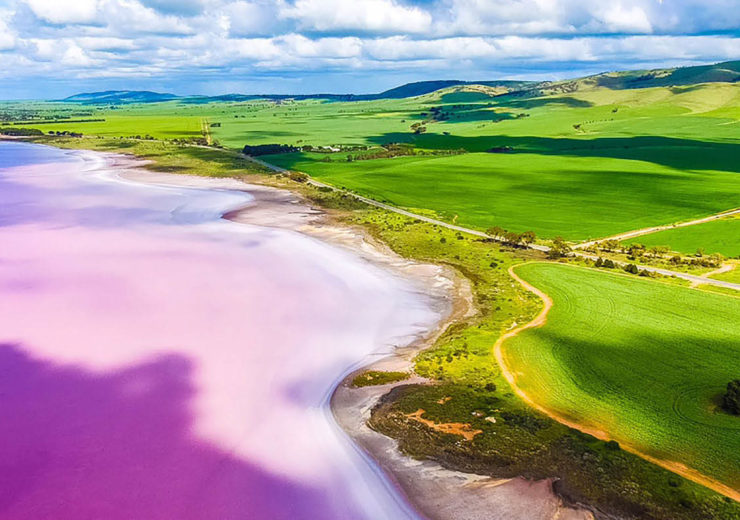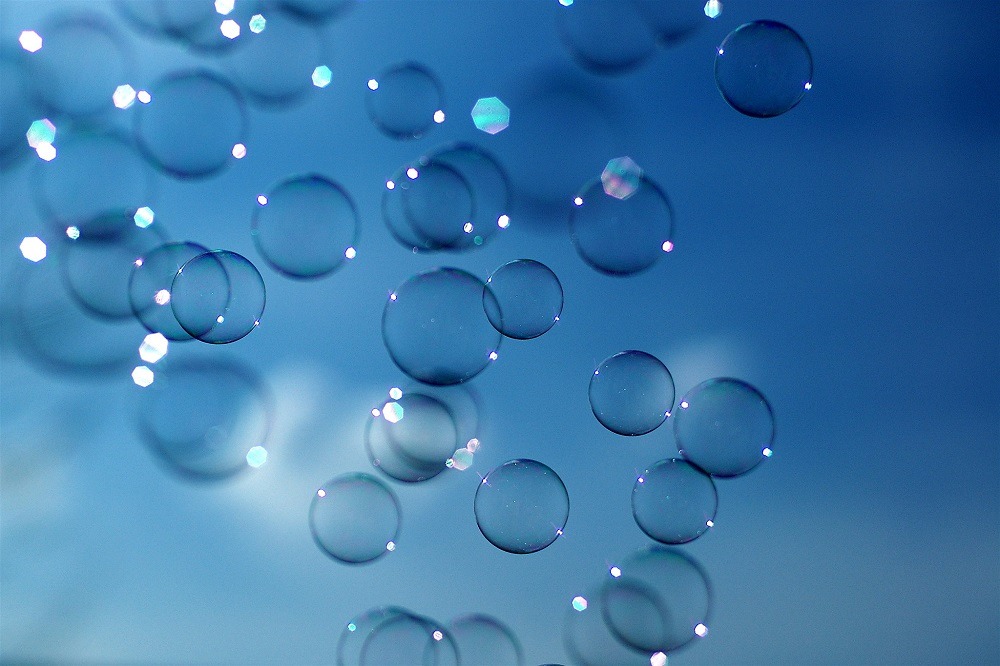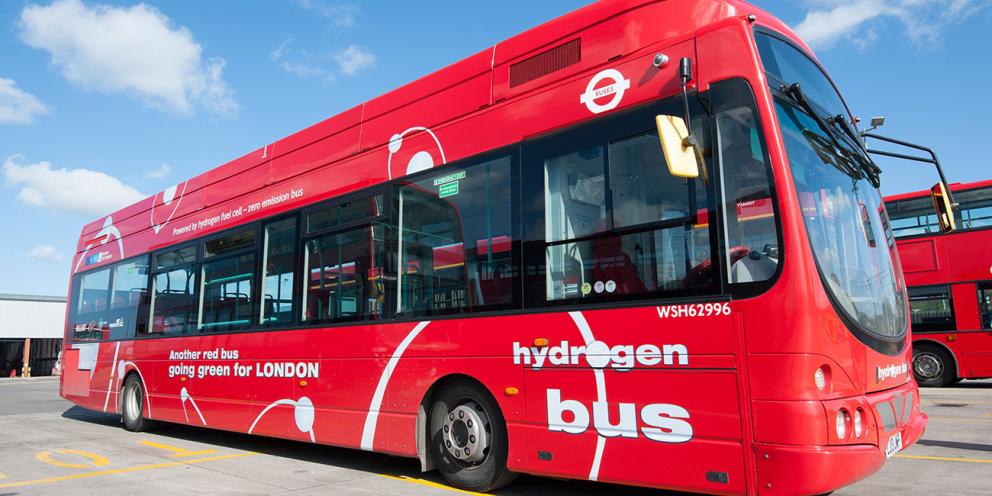The state has a pipeline of four key hydrogen projects underway worth almost $30m

Pink Lake, in South Australia, a state that is bidding to lead the world's green hydrogen race (Credit: southaustralia.com)
South Australia has already invested huge sums into wind, solar and battery storage – and now the state has turned its attention to hydrogen in a further boost to its clean energy credentials.
The South Australian government today (24 September) released its Hydrogen Action Plan, in which it will aim to use excess renewable energy that is often stored during peak production periods in order to generate the carbon-neutral and low-cost gas.
Hydrogen can be used as a zero-emission fuel in vehicles or to produce electricity at a later time and place.
South Australia is aiming to use renewable hydrogen
South Australian premier Steven Marshall used his opening address at the International Conference on Hydrogen Safety in Adelaide to launch the project.
He said while other jurisdictions were looking at non-renewable hydrogen as a stepping stone to renewable hydrogen, South Australia was well placed to move straight to certified renewable hydrogen.

“In doing so, South Australia can be a trusted, long-term trading partner who shares the values of the hydrogen economy,” he added.
“We are ready to go on renewable green hydrogen and to develop a clean and safe hydrogen supply chain in South Australia, which gives confidence to consumers and investors.
“Green hydrogen will fast move from being an alternative fuel to being a mainstream zero-carbon fuel, becoming increasingly cost competitive with traditional generation.”
South Australia hydrogen projects
Four key hydrogen projects are already underway in South Australia, using 17m Australian dollars ($11.6m) in government grants and A$25m ($17m) in loans. They include:
- An A$11.4m ($7.8m) hydrogen park at the Tonsley Innovation District south of Adelaide to build a 1.25 megawatt (MW) electrolyser as the first Australian demonstration project of its scale and size. By mid-2020, small quantities of renewable hydrogen will be produced and blended into the local gas distribution network.
- An A$8.7m ($5.9m) facility at the University of South Australia’s Mawson Lakes campus incorporating a solar installation, flow batteries, a hydrogen fuel storage cell stack and thermal energy storage to demonstrate the value of hydrogen storage paired with other new storage technologies.
- The Hydrogen Utility (H2U), a specialist hydrogen infrastructure developer, is building a 30MW water electrolysis facility near Port Lincoln using wind and solar to generate up to 18,000 tonnes of green ammonia a year to supply local agriculture and industrial sectors. The plant will also feature two 16 MW open-cycle gas turbines operating 100% on hydrogen at the site to provide electricity generation to the grid during periods of low wind or solar output.
- Neoen Australia is investigating the possibility of building a 50MW hydrogen super hub to produce about 25,000kg of hydrogen a day at its proposed Crystal Brook Energy Park in South Australia.
Renewable energy in South Australia
One-third of South Australian homes have rooftop solar which, when added to the state’s 22 major wind farms and three large-scale solar PV producers, often supply more than 100% of the state’s daytime energy demand.
It’s also home to the world’s biggest lithium-ion battery, which was built by Tesla in a bid to prevent power outages like a one that hit the state in September 2016 following a storm.
A further 40 wind and solar projects are under construction or in development, and there is now a drive to focus on energy storage and interconnection with other states.
Premier Marshall said South Australia was on track to reach 90% renewable energy generation in the mid-2020s and become a net renewable energy exporter in the 2030s.
He added: “In this scenario, storage technologies such as hydrogen are extremely attractive to our state and as a large state in area with remote communities, prospective mineral regions and long transport routes, hydrogen is an exciting, flexible fuel for the future.
“We are focused absolutely on making sure that consumers are protected and that the transition is orderly and affordable.

“We’ve heard loud and clear our traditional trading partners signalling their enormous ambitions for hydrogen and we want to deepen our existing relationships by together demonstrating and growing a hydrogen economy.”
South Australia was the first Australian jurisdiction to develop a plan to accelerate a hydrogen economy with the release in 2017 of a Hydrogen Roadmap.
Last year, Australia’s national science research agency CSIRO released its National Hydrogen Roadmap and several other states have also since released their own plans.
“Since South Australia’s strategy was launched there has been considerable momentum here and internationally, now we’re ready to take the next steps to accelerate transition from a roadmap to a plan of action.
“We are at ground zero for this transition.”


